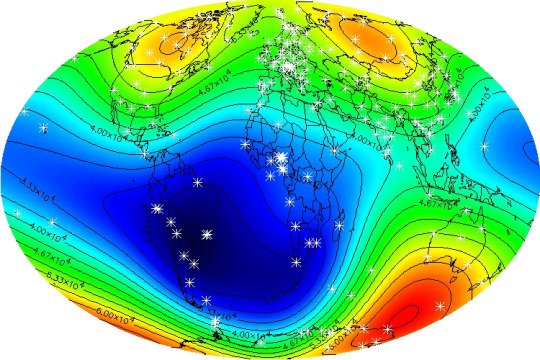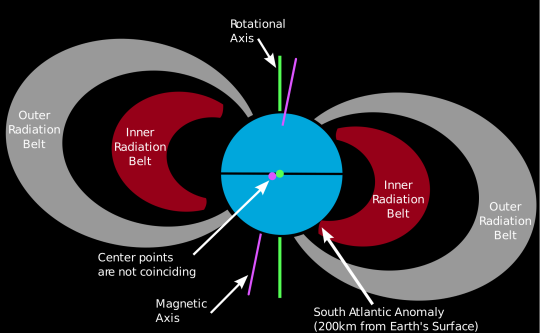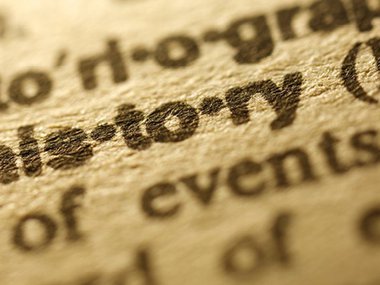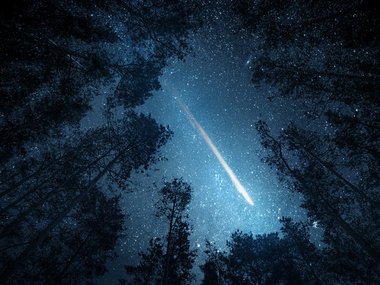Question Your World: How Can We Learn From the Past?
In an ever-changing world of newer and newer technology, the past sometimes seems very irrelevant. However, sometimes things that took place in the past serve as an amazing resource to help tackle tomorrow’s concerns. What can scientists learn from ancient history?
Ancient cultures, prehistoric landscapes, and many other things from the past have helped scientists better understand our ever changing natural world. The more we know, the better we can plan ahead. In addition to our own safety, we now also have to look out for the safety of our technological and physical infrastructure.
As we rely more and more on internet and satellite delivered services, the more we need to know about our planet’s atmospheric and magnetic activity. One of the largest areas of concern is the South Atlantic Anomaly. This is a dip in the magnetic field over the southern Atlantic Ocean that is exposed to a large amount of harmful cosmic radiation. Even our orbiting satellites are programmed to offset this concern. In fact, the Hubble Space Telescope does not take any readings while over this portion of the Earth in hopes of not complicating computational processes if hit by harmful rays. This is no small area either. Some scientists have estimated that this anomaly could be a result of geologic features below the surface that stretch for over 1800 miles.

Perhaps one of the biggest challenges here is in better understanding how our planet’s magnetic field truly works. We know a little about this phenomenon, but most of the details here are still quite the mystery. Well, this is where the study of history comes into play. The second half of this story was initially a seemingly unrelated tale until the right scientists got involved.
For the second half of this story, we must travel back in time thousands of years. Going back in time to between 1000 and 1800 or so AD brings us to the Iron Age. In this time period, there were many tribes in southern Africa just as there are now. Different cultures around the world have different traditions, and this one involved a cleansing ceremony where families would occasionally burn down their houses. Their huts would be set ablaze and their homes would burn all the way down to the ground. This process would even heat up the mineral rich floors to an astonishing 1800 degrees Fahrenheit. At these extremely hot temperatures, the mineral rich floors would actually become molten. The moment they cooled they would capture the Earth’s polarity at that exact time.

When modern scientists stumbled upon that information, they did not just see it as a documentation of a cultural tradition, they saw it as a well-preserved documentation of thousands of years of magnetic field activity in the exact area where the South Atlantic Anomaly is being studied. Up till then they only had about 150 years’ worth of recorded magnetic field activity. This new information allows them to consider the Earth’s polarity dating back thousands of years. All signs point to the magnetic field being comparable to today’s anomaly, a piece of information that finally exists with proof behind the find.
Just understanding the history of a portion of the planet will not solve the big mystery, but it does add a vital piece of the puzzle to the mystery that is the South Atlantic Anomaly. The Earth’s magnetic field is something that may come into clear focus by merging advancing technology, new theoretical research, and a robust understanding of our planet’s history. Evolution, the study of dinosaurs, and even celestial happenings have all come into clear focus once studied through the lens of both science and history. We humans have a funny relationship with history. Our lifespans are such that a century’s worth of information is too much for any one person to get through, but as a united species we could perhaps tackle the task of understanding the history of our universe. All 13.8 billion years! But for now, let’s just hope discoveries like these happen more than just once in a lifetime.


